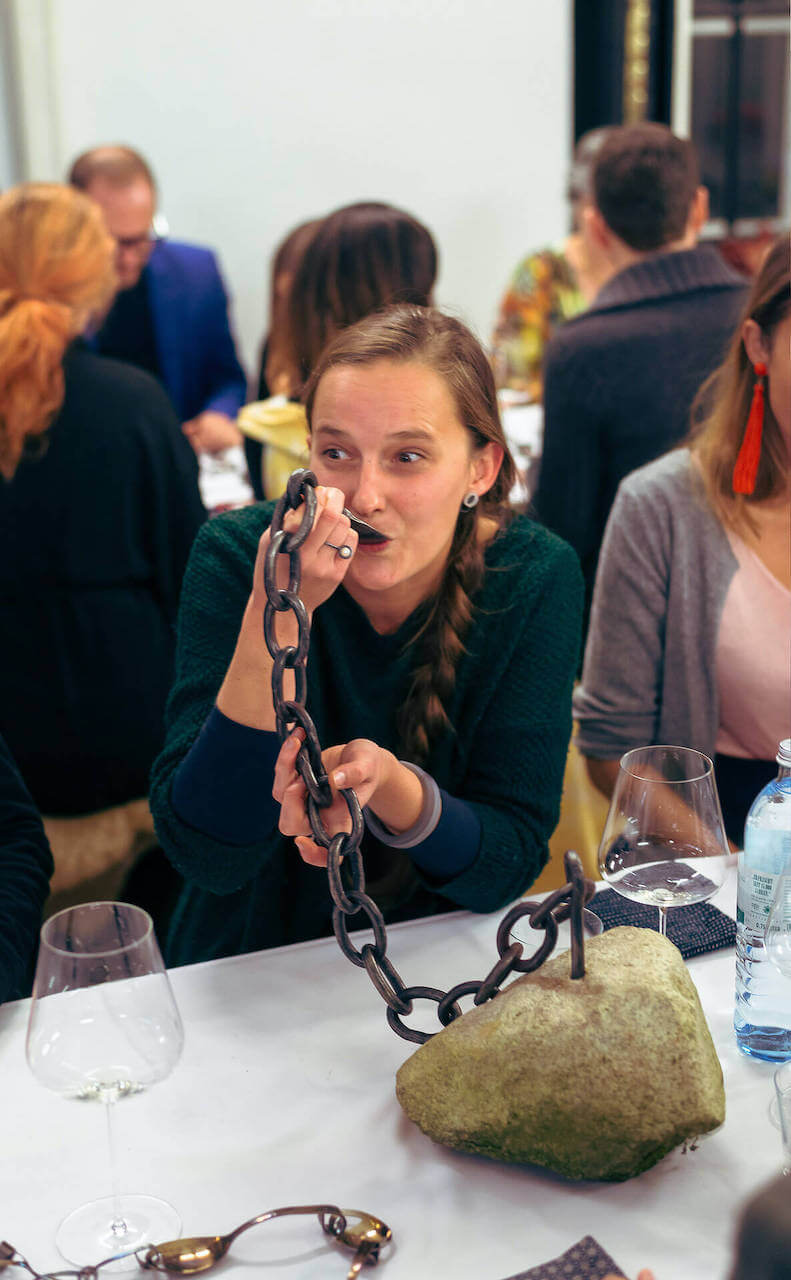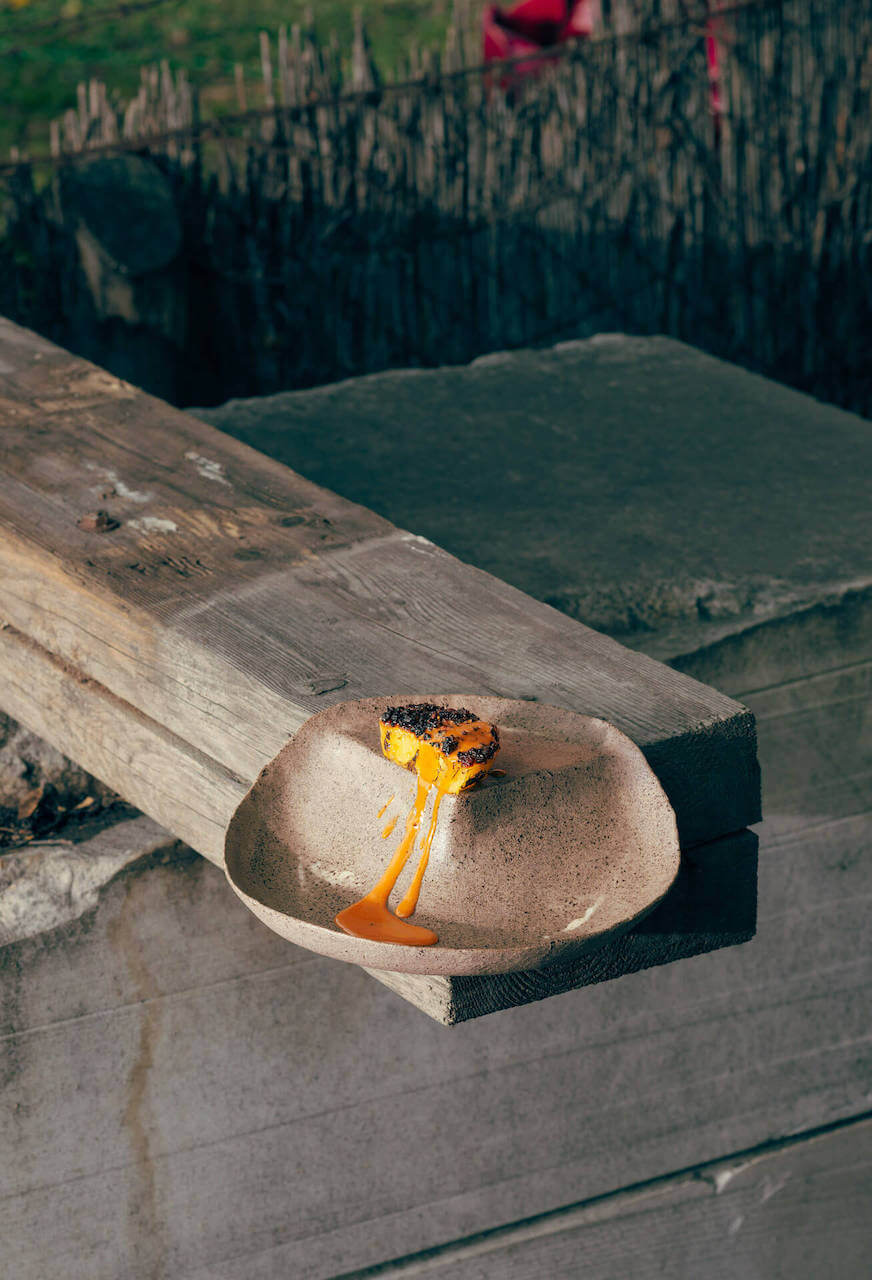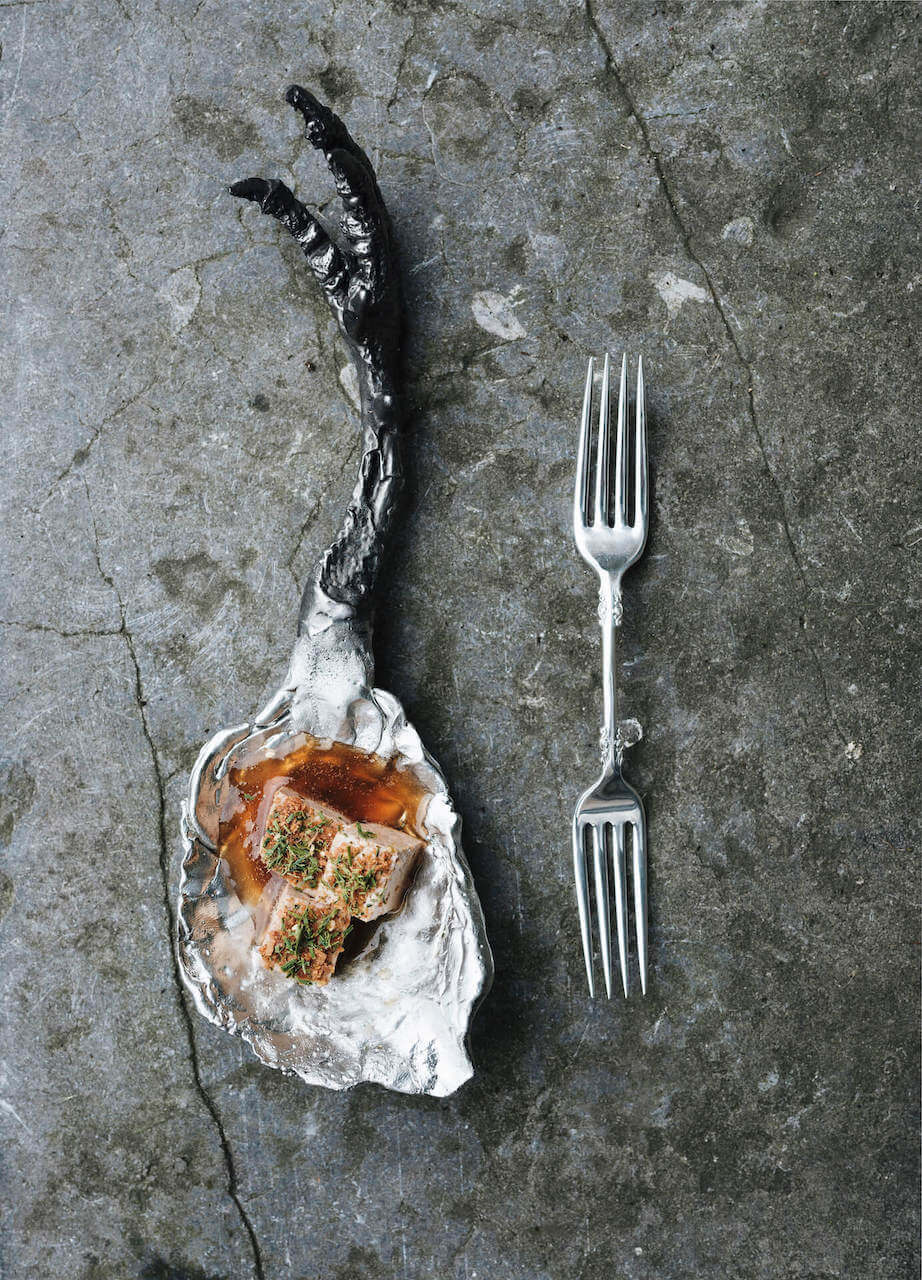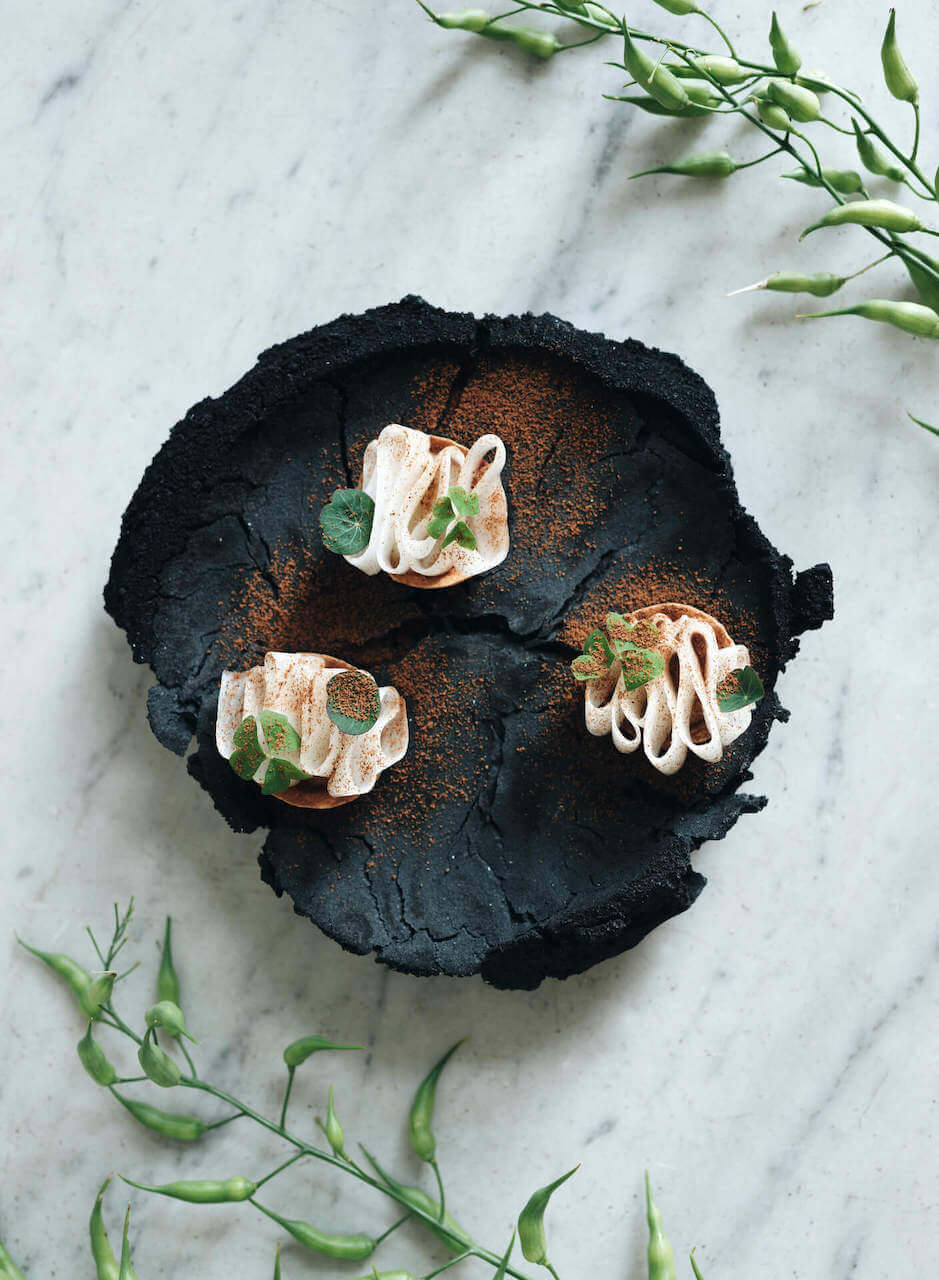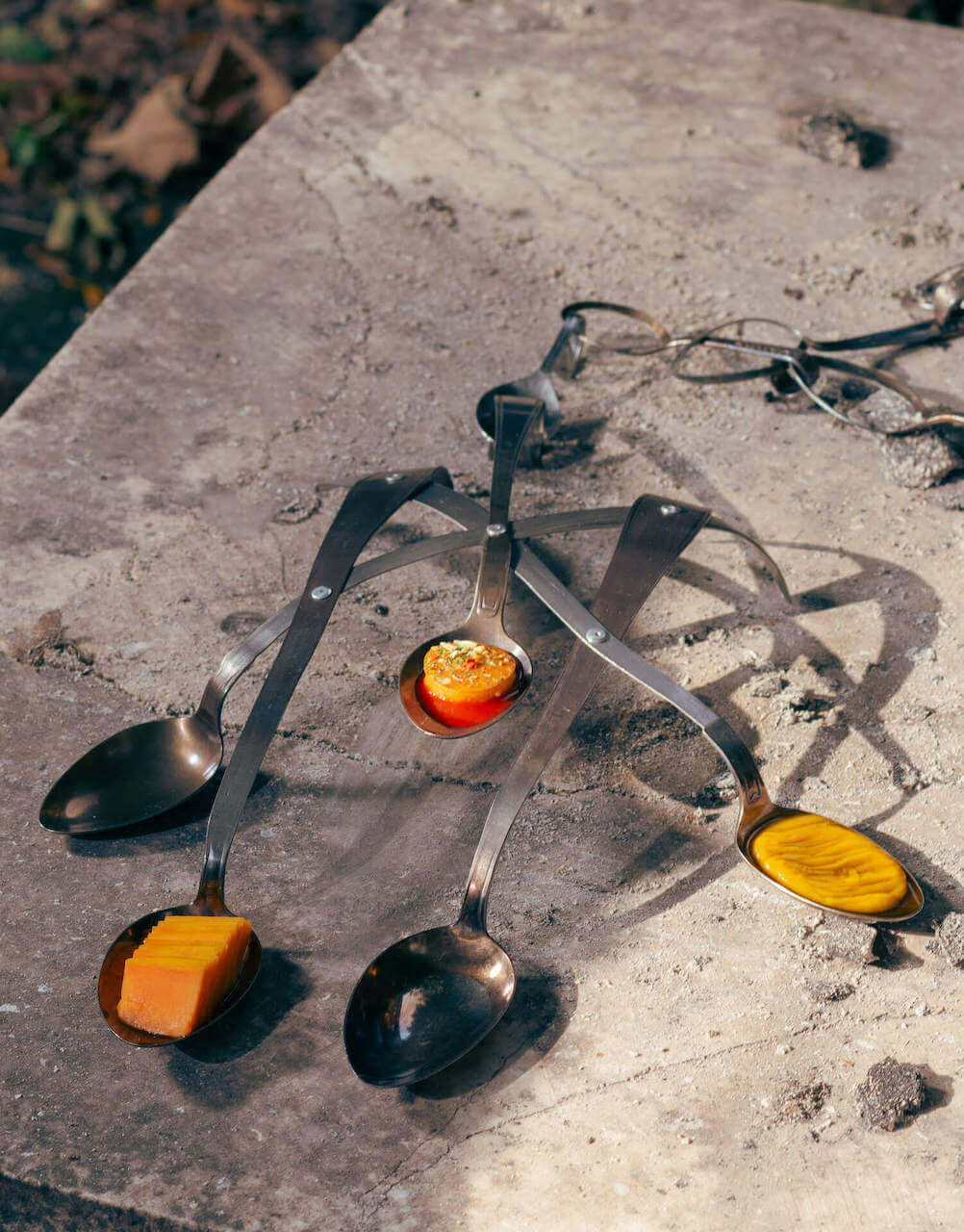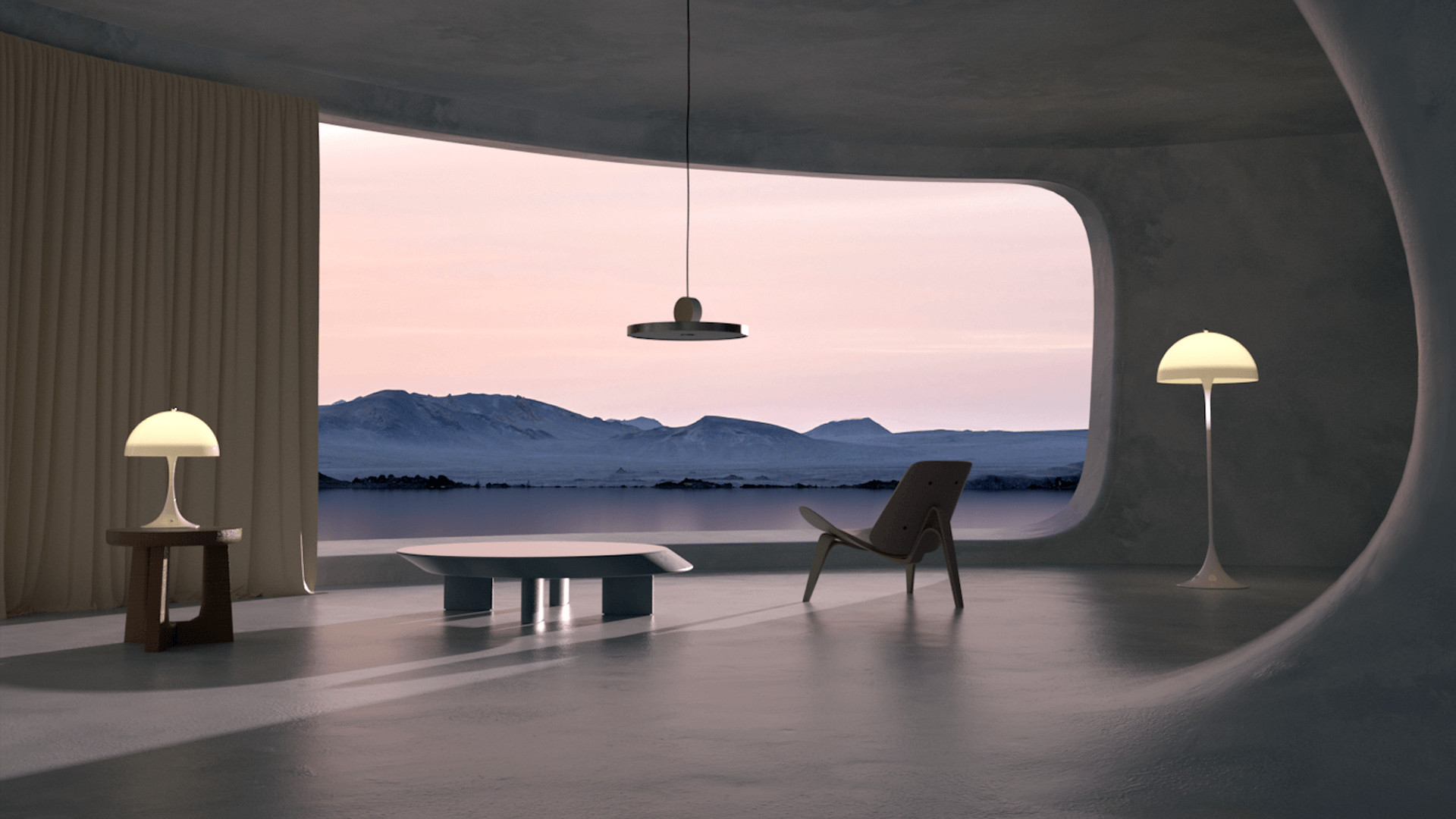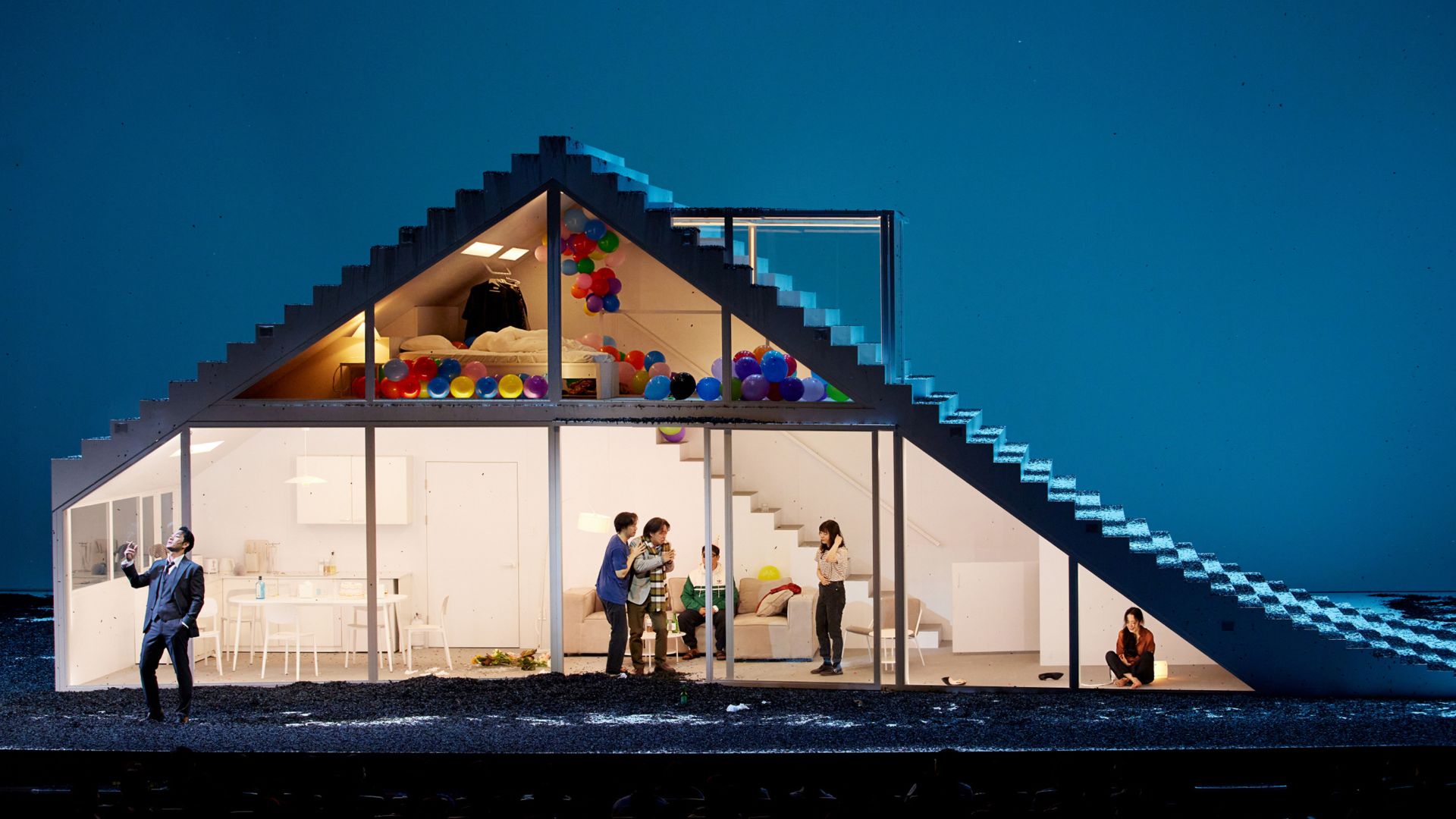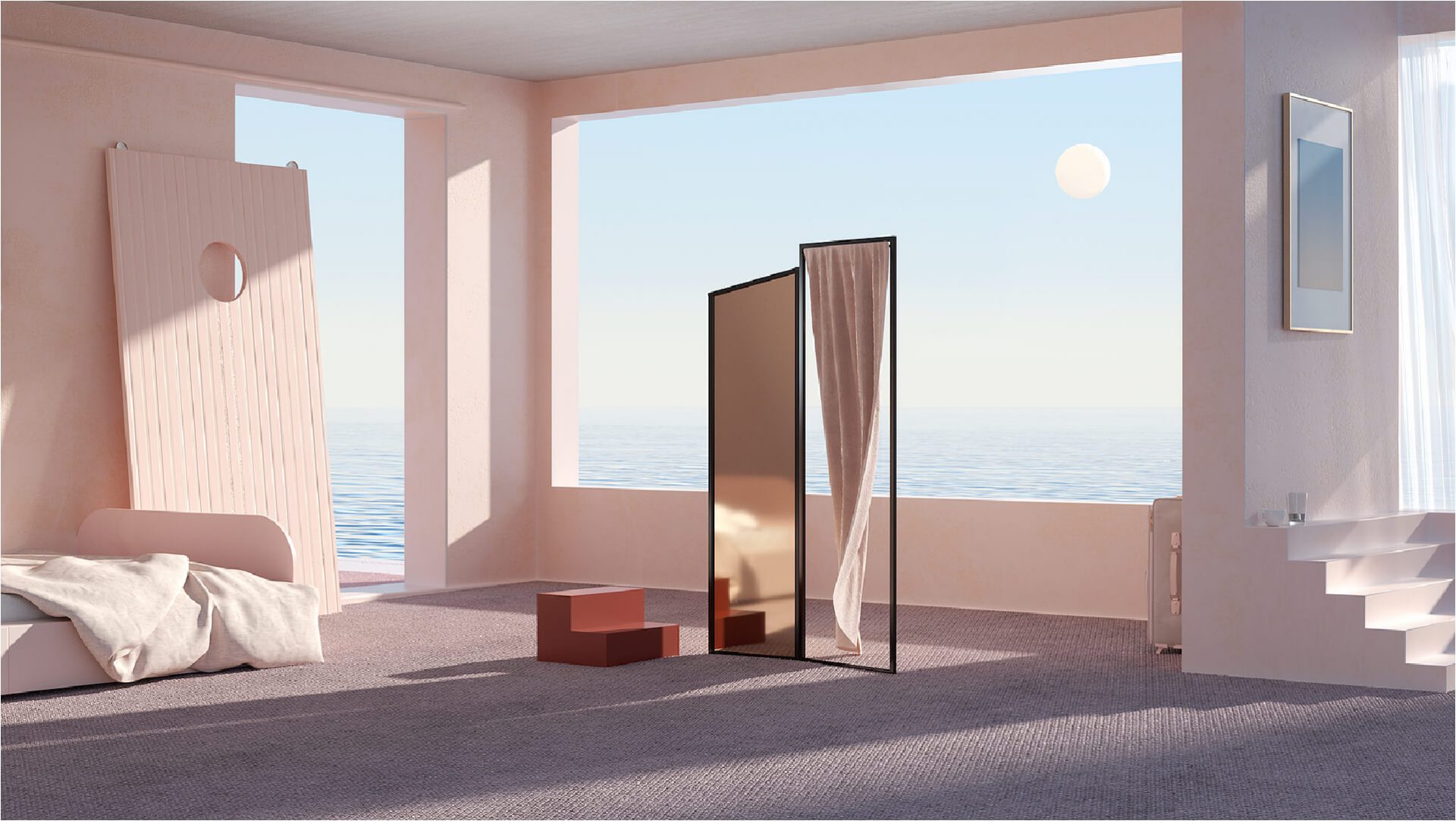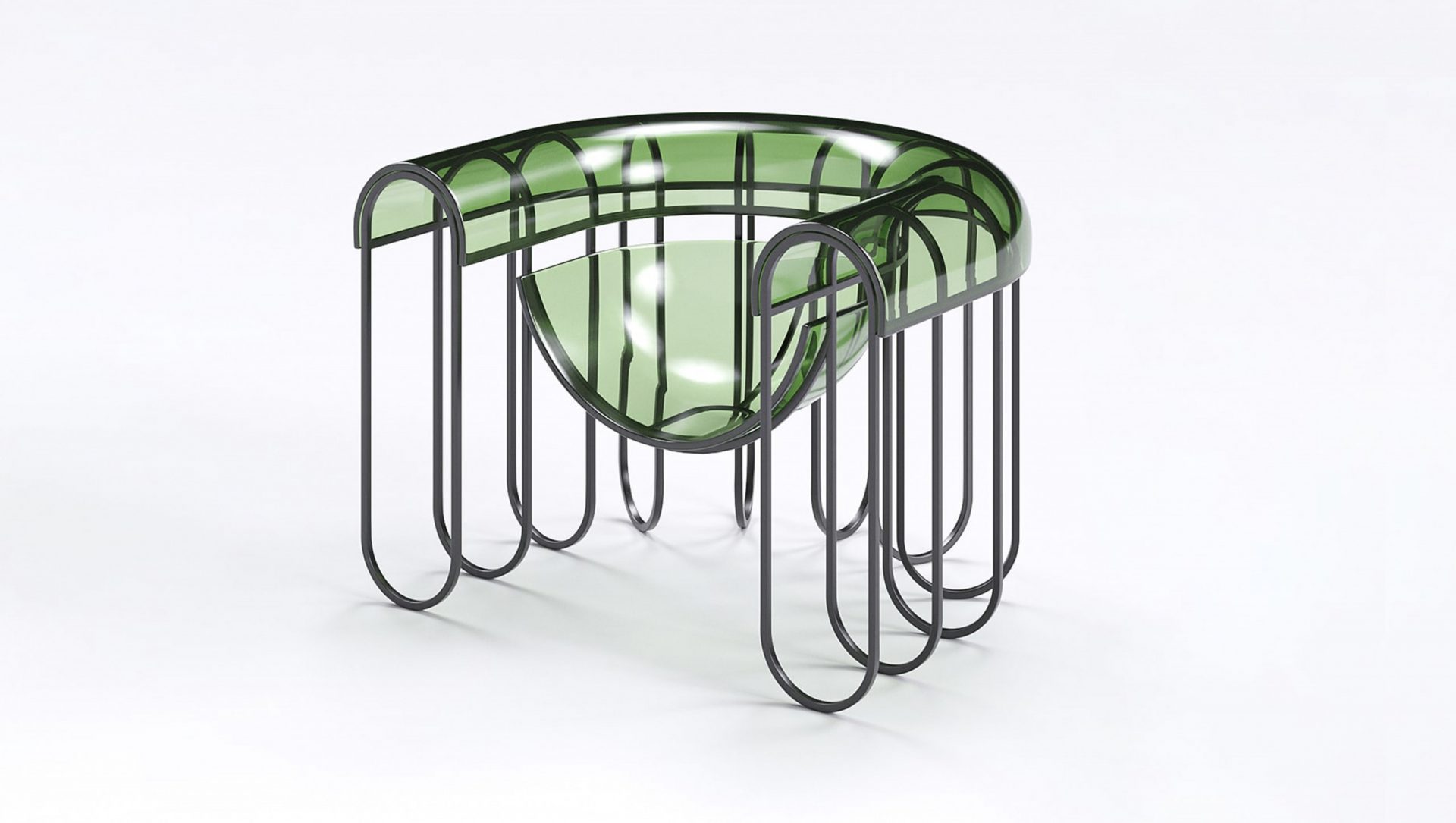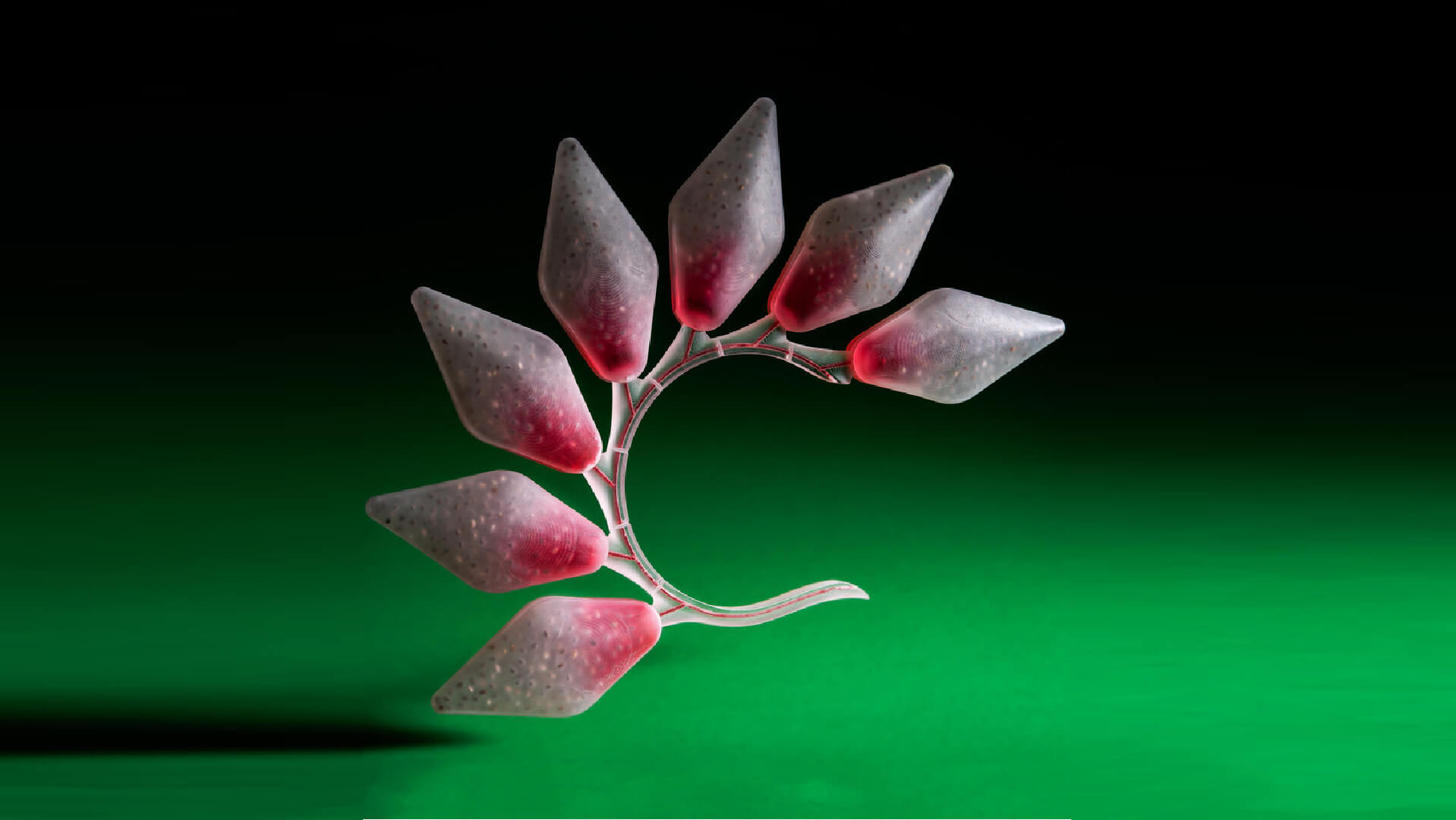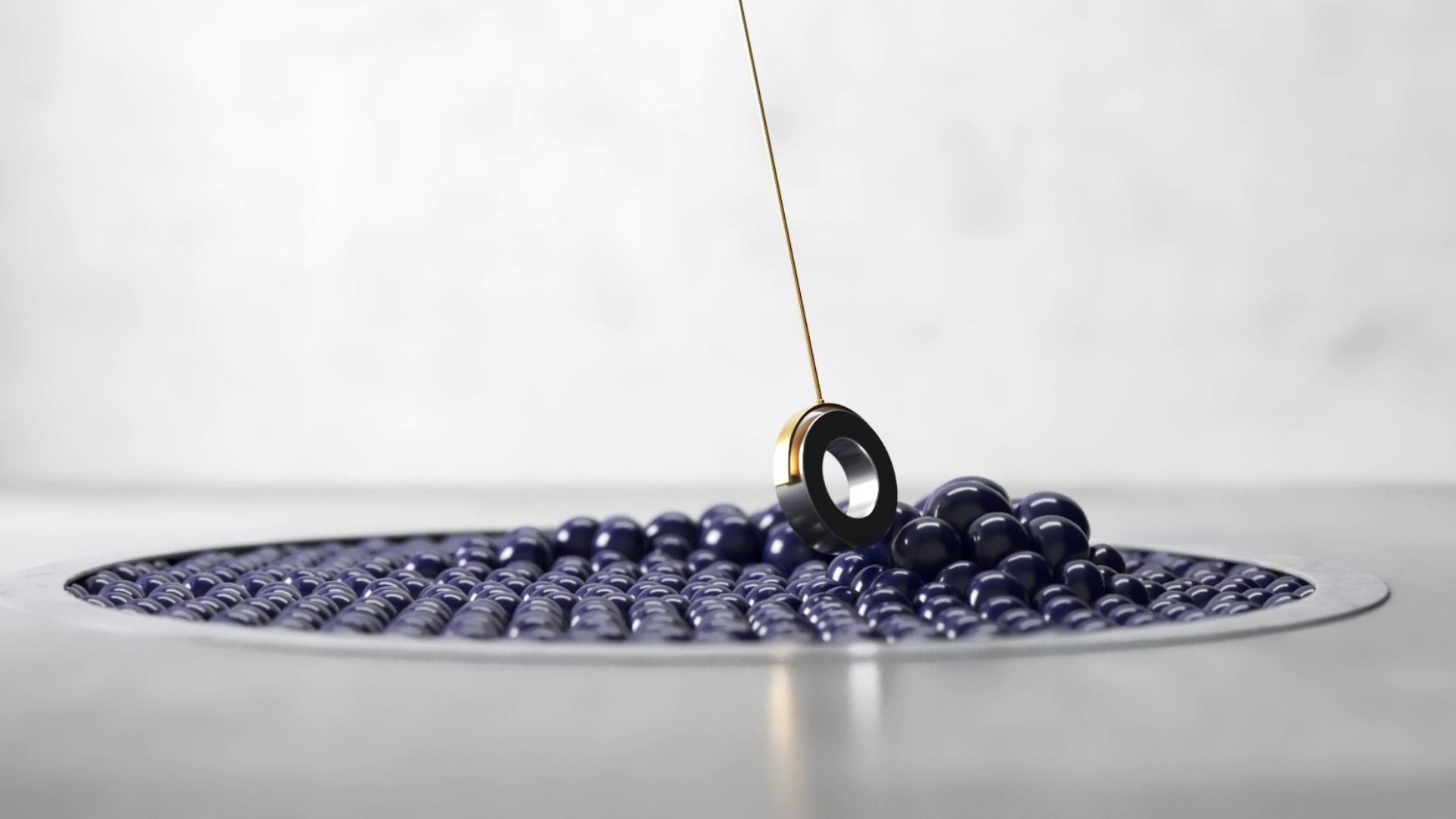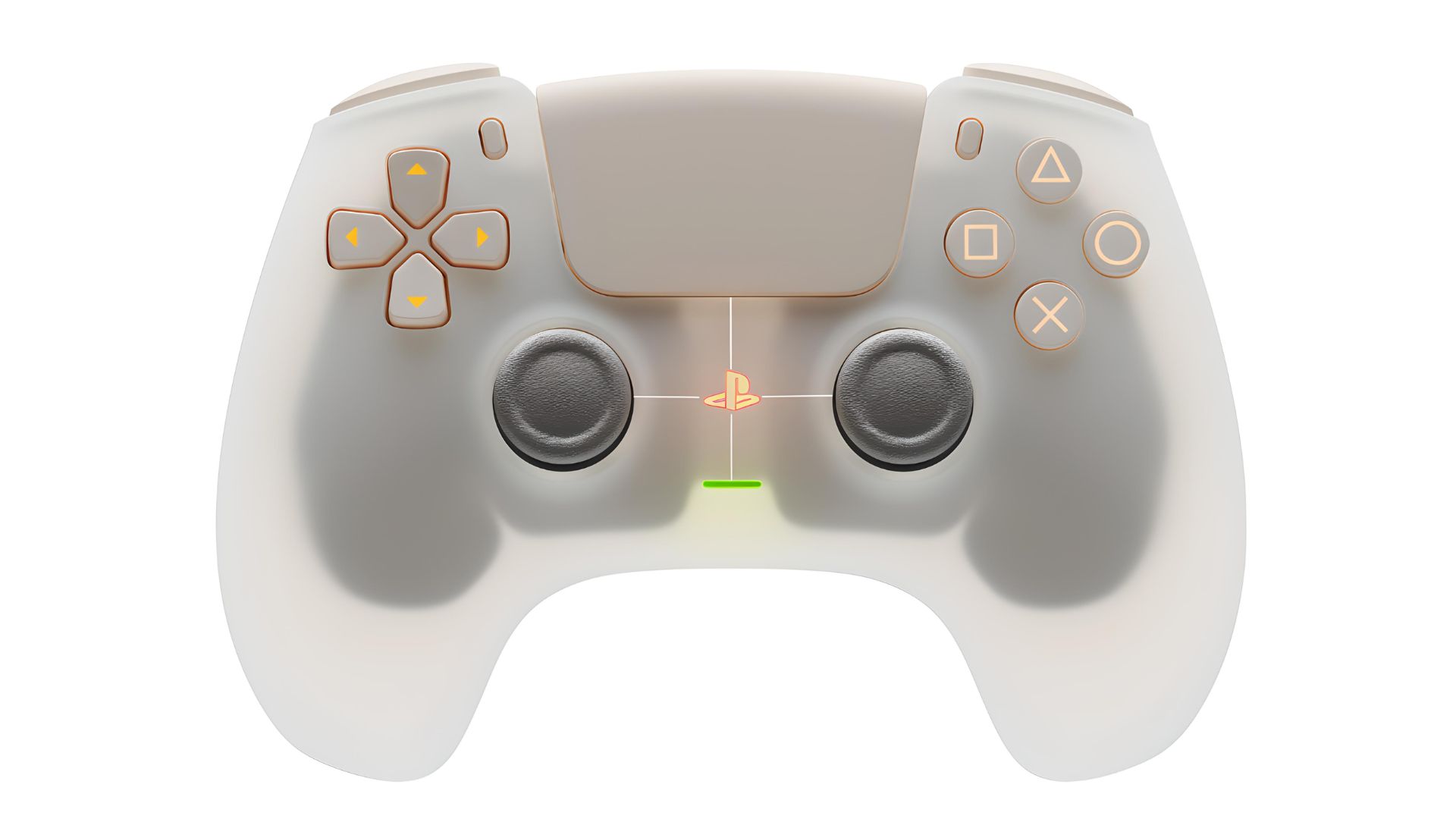Experimental Gastronomy: ridiculously designed cutlery to subvert dinner party rules
Dutch duo Jouw Wijnsma and Martin Kullik invite artists to make a mockery of mealtimes with unique cutlery pairing thought-provoking function with beautiful surrealism.

This tableware doesn’t make sense and it’s not supposed to – each piece has been created to challenge the way users interact with and experience their food. Driven by a search for new ways to enjoy food, in 2012 the Experimental Gastronomy brought together for the first time renowned chefs and artists for a one-of-a-kind culinary experience.
For the event, artists created unique cutlery and dishware, and chefs came up with foods suited for their use. Inverting the idea of place settings and portions, the dining concept decelerates the eating process whilst inviting guests to engage with food in a new way.

The minds behind Experimental Gastronomy – Jouw Wijnsma and Martin Kullik
Dutch duo Jouw Wijnsma and Martin Kullik founded the creative collective Steinbeisser in 2009, before launching the Experimental Gastronomy Project three years later — a series of fine dining events designed to challenge the traditional concept of eating out. Before that, they ran pop-up stores in Amsterdam, selecting artists who produced experimental fashion and design to exhibit their work. They also hosted exhibitions of a similar nature before moving into gastronomy and tableware design.
Materials & Techniques – Sustainably sourced metal, stone and other materials
Wijnsma and Kullik asked collaborators to work with only natural, locally sourced materials that were either found, recycled, up-cycled, or repurposed. As a result, pieces are crafted from materials like ceramic, clay, earth, grains, metal, seaweed, stone, and wood. Even the smaller parts of the pieces such as glue, paint, and glazing, are organic and biodegradable.

Style & Aesthetics – Surrealist utensils
Experimental Gastronomy has created a one-of-a-kind 200-item cutlery collection made up of jagged utensils, wonky glasses, and out-of-shape dishes. Commissioned artists purposefully blur the line between functional tableware and elaborate art, creating what look like surrealist sculptures but actually function similarly to the utensil that inspired it.
Art, tools and jewellery…
In 2016, Japanese Jewellery designer used recycled antique cutlery to create modified forks and spoons with extra tines; Estonian artist and blacksmith Nils Hint used scrap metals from the former Soviet Union to create hybrid instruments for the collection, and Dutch designers Renee Boute and Lisanne van Zanten used gold coloring to enhance the users sense of sweetness whilst eating.
Elsewhere in the collection is a “cutlery comb” designed by British artist Rachael Colley: a row of repurposed Sheffield stainless-steel forks held together by a powder-coated steel frame.

Design memento – Changing tastes
When design touches something taken for granted, like travel, communication, or in this case, the consumption of food, it’s inspiring in the way it taps on a primitive instinct. Here, over forty designers have reinterpreted materials in new and unexpected ways to create objects that transform the way we interact with something we need to survive.
What we have, as a result, are new experiences by way of product design. Where we might be used to eating meals using cutlery made from stainless steel – iron, silver, or even golden utensils offer new tastes when used to eat the exact same foods. Meanwhile, new iterations of plates and placemats mark an evolution in what we come to expect at the dinner table.

The writer’s comment – Conscious eating at loooong last
What I find most interesting is the overarching theme of consciousness whilst eating, an activity that is historically ritualistic and far from what we know today as simply a diet. Fast food, busy schedules, and an increasing obsession with wellness have all ruined the ceremonial joy of eating, turning it into a sometimes shameful, sadly tasteless, and often isolated experience.
Experimental Gastronomy stands up against this bleak reality with elongated forks that invite guests to feed one another, double knives that pose a question, and weighted spoons that lengthen the dinner table experience long enough to interrogate it.




